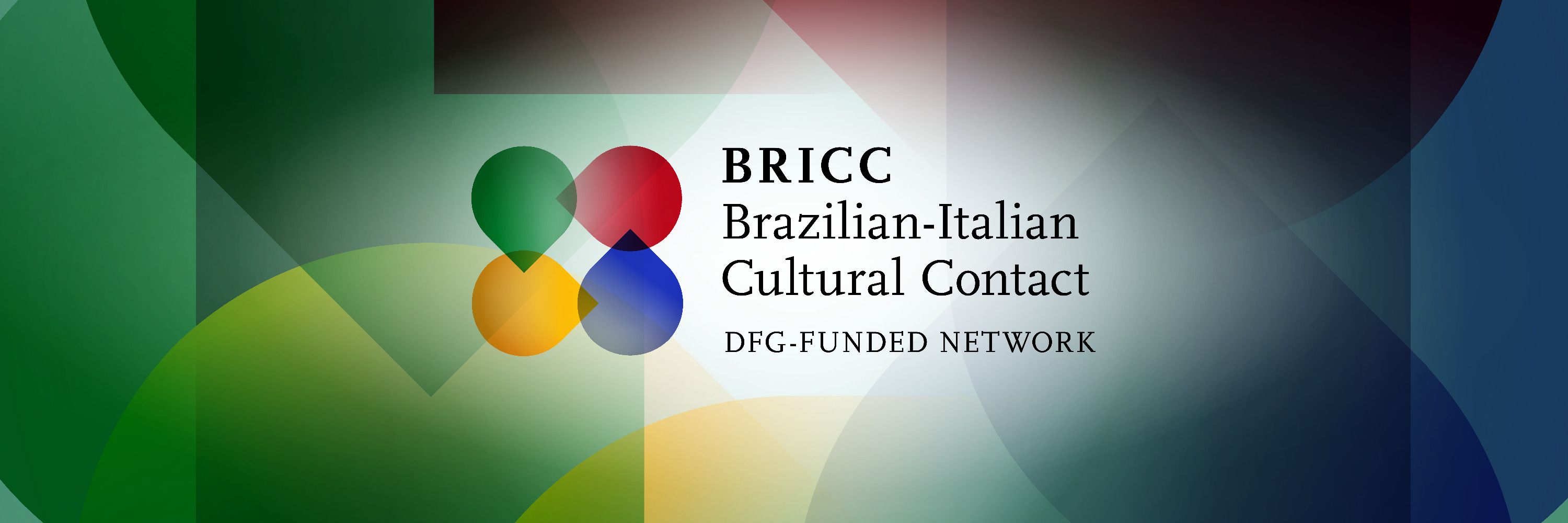
BRICC Network
@bricc.bsky.social
35 followers
10 following
120 posts
We are a DFG-funded research network, interested in literary and cultural circulations between Italy and Brazil. The network is international, but bound to the University of Cologne (Germany).
Posts
Media
Videos
Starter Packs
BRICC Network
@bricc.bsky.social
· Sep 6

SPOTLIGHT - Tutti Schiavi in Portogallo; Andrea D’Angelo | La collezionista di Fandom
SPOTLIGHT - Tutti Schiavi in Portogallo; Andrea D’Angelo: Primo appuntamento di questa nuova rubrica, volta a presentarvi le nuove uscite letterarie.
lacollezionistadifandom.altervista.org
BRICC Network
@bricc.bsky.social
· Aug 28
BRICC Network
@bricc.bsky.social
· Aug 22
BRICC Network
@bricc.bsky.social
· Aug 17
BRICC Network
@bricc.bsky.social
· Aug 8
BRICC Network
@bricc.bsky.social
· Jul 29
BRICC Network
@bricc.bsky.social
· Jul 22
BRICC Network
@bricc.bsky.social
· Jul 15
BRICC Network
@bricc.bsky.social
· Jul 8
BRICC Network
@bricc.bsky.social
· Jul 2
BRICC Network
@bricc.bsky.social
· Jun 24













